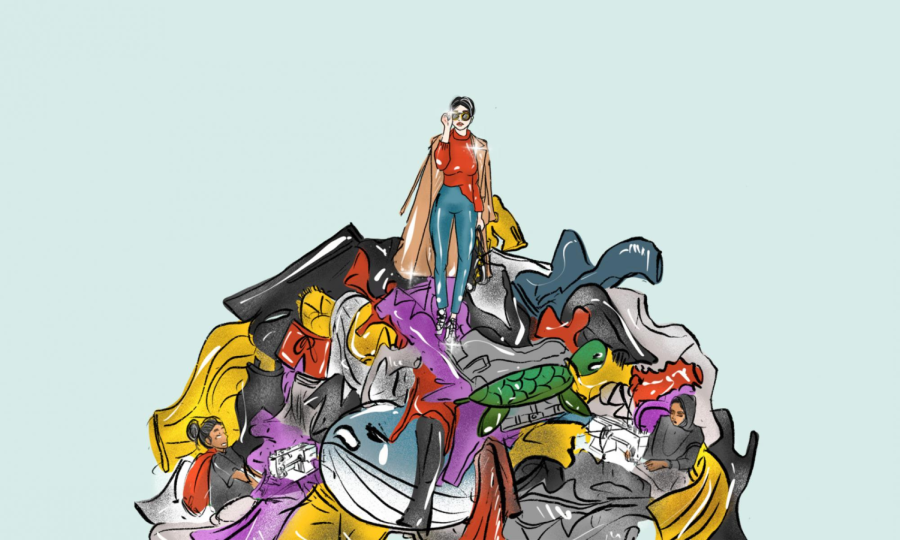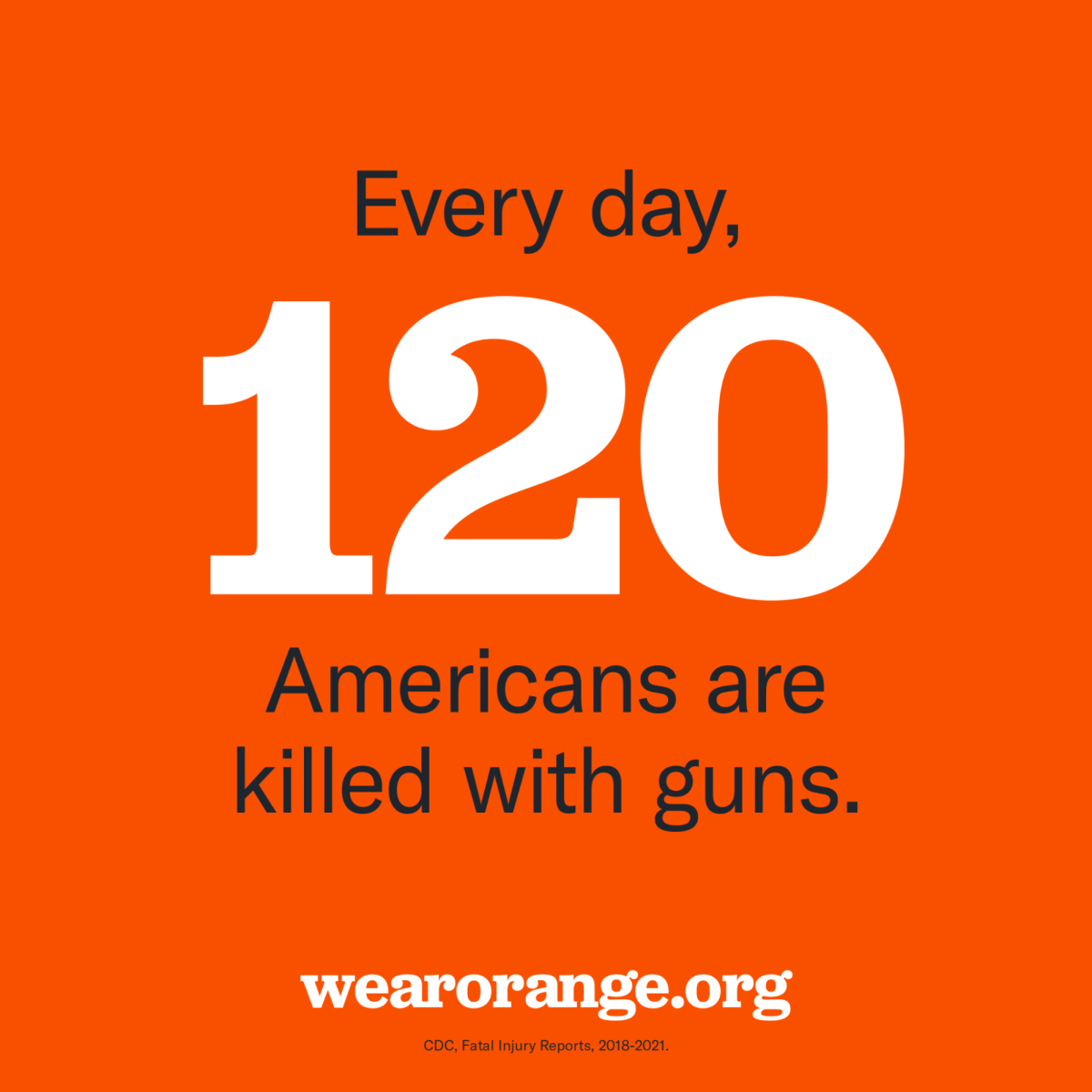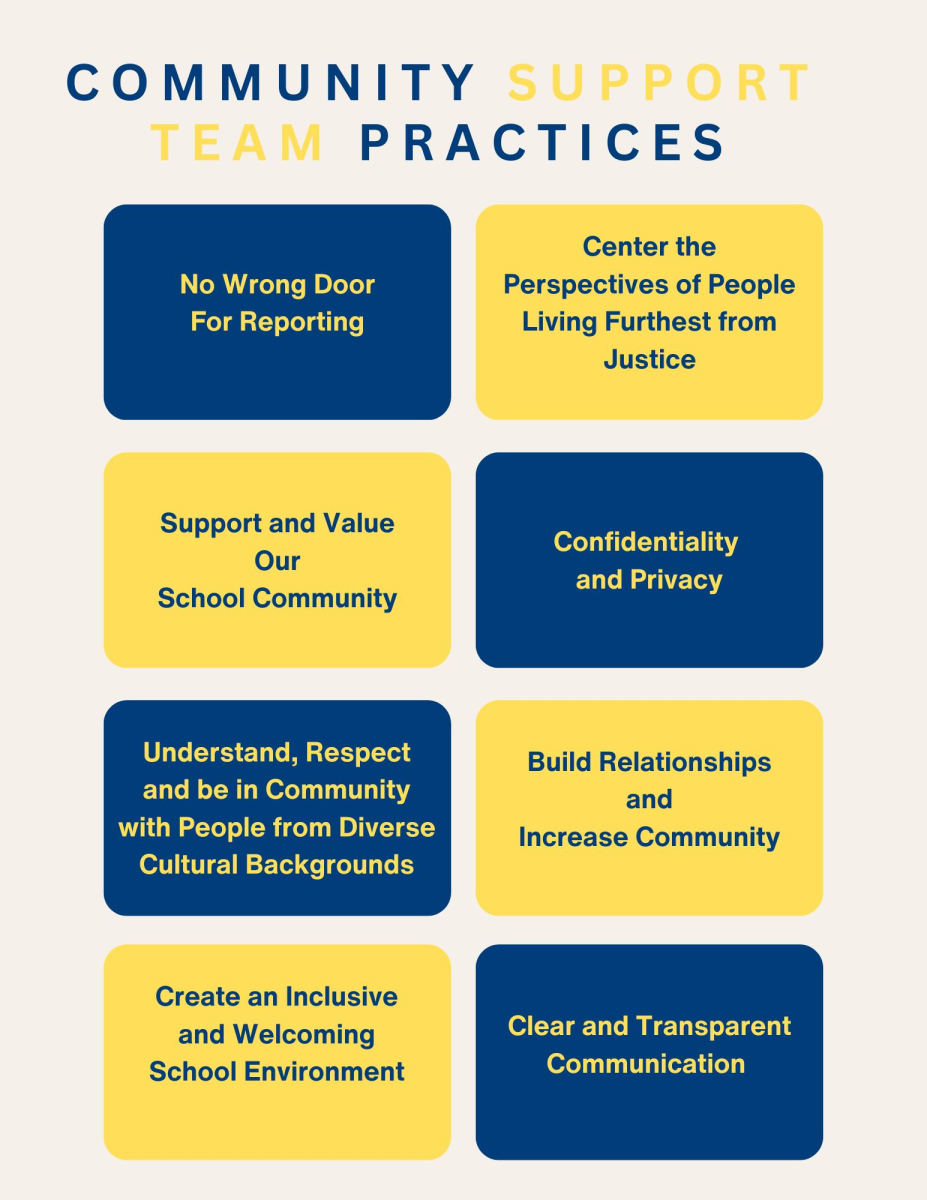Could your closet be to blame for the climate crisis?
June 8, 2022
We have all looked into our closets or dresser before and wondered why we ever bought certain shirts or shorts. That’s the case for many items of clothing; we buy a cheap shirt or pair of shorts, fantasizing about how often we will wear it yet often we only wear it once. That’s the reality of fast fashion.
Brands such as H&M, Shein, and Forever 21 are all active participants in this industry, as they produce high volumes of clothing throughout the year and use marketing techniques to encourage people like us to buy into their new trends. Ads for these brands pop up all across social media platforms encouraging young adults to buy their products. Then they reel you in with their low-cost options. Their cheap prices are often an indicator of their fast fashion products. Just think about it; there is no way to produce a $5-10 shirt while paying the workers fairly, but most importantly it is impossible to do so with environmentally friendly manufacturing processes.
Fast fashion happens to be one of the leading causes of climate change; according to the Climate Council, “A 2021 report from the World Economic Forum identified fashion, and its supply chain, as the planet’s third-largest polluter (after food and construction), releasing 5% of the world’s greenhouse gas emissions”. The combination of the carbon emissions from transporting these products across the world and the production lines are unbelievable. Though even more astonishing, the synthetic fibers, including polyester and nylon, are often non-renewable and derived from fossil fuels. In 2021, the Climate Council claimed, “An estimated 342 million barrels of oil are used each year in the production of synthetic fibers.”
Luckily, however, there are many ways to prevent contributing to this industry. Next time you go shopping, stop and think about what you are buying. For instance, ask yourself, Would I wear this to school or just at home? Oftentimes we buy items of clothing that we wouldn’t feel comfortable wearing in public. If the answer is no, then maybe consider putting the item back. Or ask yourself, Do I have something similar to this already? Many of us have multiple items of clothing already and don’t need more. Another strategy we suggest is to stop and think about the items in your cart; if you can’t remember all of the pieces you chose, then maybe you weren’t as passionate about them as you thought you were. If you are still planning on buying them then check the quality and consider if you could find a more environmentally friendly option somewhere else. Often the easiest way to prevent fast fashion is simply just to buy less or if you are going to, buy options that will last.
For items at home that you no longer wear, consider bringing them to nearby resale stores such as Plato’s Closet which will pay you for some items or to a more local one like Karen’s Closet here in Essex Junction. Before this step, however, consider checking if any of your friends or family members would want the clothing. For instance, you could save a younger sibling from buying into this industry by giving them preexisting clothes.
If you no longer wear clothes because they are in rough shape or need repair, then try mending them or find someone who can. Many pieces of clothing can be transformed into a new life, such as jeans that can be patched or turned into shorts.
Lastly, take care of your clothes. Check how often they need to be washed and, if they do need to be washed frequently, use cold water and air-dry them. For example, you don’t need to wash your sweatshirts or jeans after every use.
By using some of these steps we, as a community, can work together to slow down fast fashion and make more environmentally friendly decisions to help prevent and halt climate change.













Drew • Jun 8, 2022 at 3:21 pm
Well written Tess, very real issue for sure. maybe next you can talk about the unnecessary use of single use items in our school cafeteria.